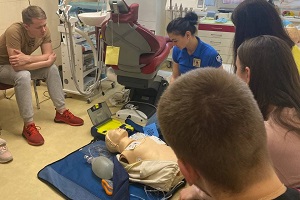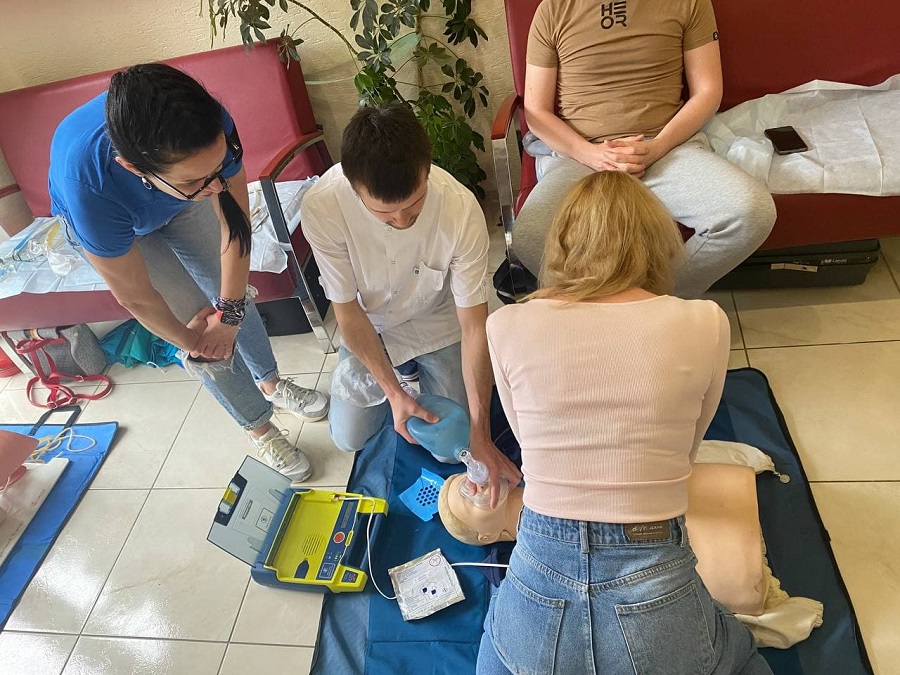In dentistry and maxillofacial surgery, some conditions are life-threatening, so every dentist should be able to diagnose them in time, provide effective emergency medical care and prevent their occurrence.
 The issues of adverse drug reactions are still relevant. The complexity of the problem is associated with several specific features of outpatient admission. First, it is the simultaneous admission of a large number of patients in need of specialized care, often against the background of severe concomitant pathology. Secondly, the possibilities of examining patients to detect disorders of vital organs are limited and there is usually no time for them. Third, one should not forget about the potential dangers of local anesthesia drugs and the often rapid development of life-threatening complications for patients.
The issues of adverse drug reactions are still relevant. The complexity of the problem is associated with several specific features of outpatient admission. First, it is the simultaneous admission of a large number of patients in need of specialized care, often against the background of severe concomitant pathology. Secondly, the possibilities of examining patients to detect disorders of vital organs are limited and there is usually no time for them. Third, one should not forget about the potential dangers of local anesthesia drugs and the often rapid development of life-threatening complications for patients.
Therefore, the relevance of critical condition topics in dentistry is growing. Doctors strive to learn how to ensure that patients receive high-quality medical care. This is exactly the opportunity created by conducting master classes with simulations for doctors. This allows specialists in various fields of medicine to learn how to manage critical conditions and be able to cope with them. As part of the educational process, with the support of Professor Oleg Loskutov, teachers of the Department of Anesthesiology and Intensive Care (Associate Professor Inna Kuchynska) and the Department of Emergency Medicine (Associate Professor Olga Kramareva) organized a one-day (8-hour) theoretical and practical training "Emergency conditions in dentistry. CPR basics".

12 dentists listened to several theoretical reports on the topics of anaphylaxis, actions during upper respiratory tract obstruction by foreign bodies, syncope, and the basics of cardiopulmonary resuscitation. The doctors also practiced the skills of indirect heart massage in adults and children on mannequins, non-invasive techniques for secure airways (triple maneuver by P. Safar, using suprapharyngeal devices, ventilation with an Ambu bag), and performing conicotomy. Doctors worked out their knowledge in 2 simulation scenarios modeled at their workplaces.




